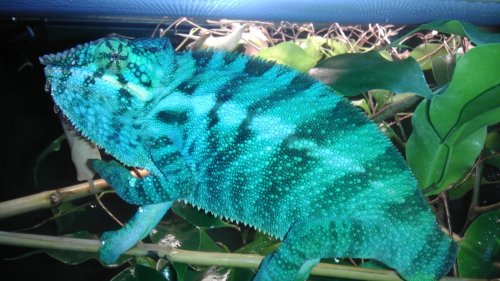drcrossfire
Avid Member
This could be quite possible, however wrong it may be! Having previously owned a purebred Boxer (dog), I remember a time when breeders would euthanize any 'all-white' pups in the litter as they weren't recognized by the American Kennel Association. They were considered an 'anomaly' of the breed however I believe this 'rule' is no longer observed. Perhaps a rainless Faly is considered an anomaly in the Chameleon world!
Did you just say I was wrong then agree with me? Lol.






